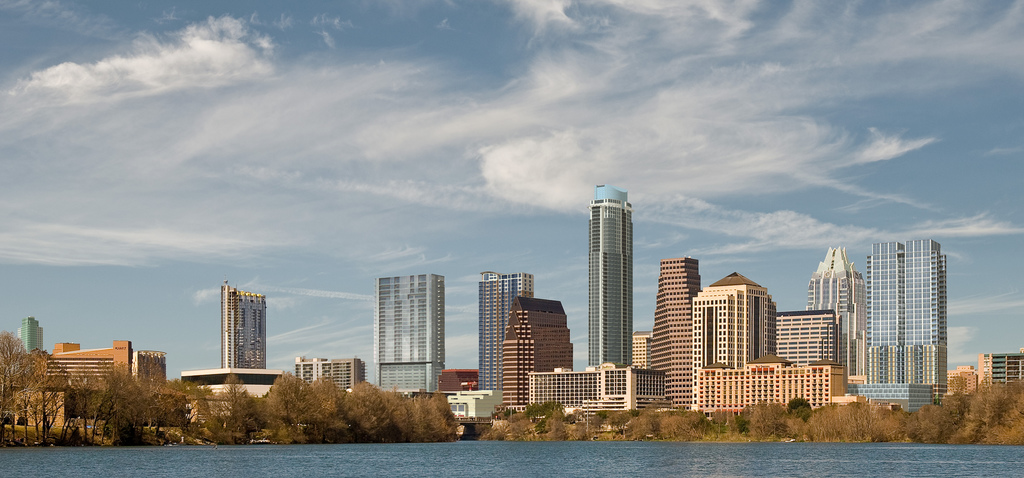Difference between revisions of "Austin 2013"
| Line 164: | Line 164: | ||
| | | | ||
|} | |} | ||
| + | |||
| + | ===Rows=== | ||
| + | |||
| + | ====Constant velocity==== | ||
| + | |||
| + | A model from Landa et al. (2008) and Klokov and Fomel (2012). The data are generated by Kirchhoff modeling in constant velocity of 1 km/s. | ||
| + | |||
| + | ''Landa, E., S. Fomel, and M. Reshef, 2008, Separation, imaging, and velocity analysis of seismic diffractions using migrated dip-angle gathers: SEG Technical Program Expanded Abstracts, 27, 2176-2180.'' | ||
| + | |||
| + | ''Klokov, A., and S. Fomel, 2012, Separation and imaging of seismic diffractions using migrated dip-angle gathers: Geophysics, v. 77, S131-S143. | ||
| + | '' | ||
| + | |||
| + | ====Constant gradient==== | ||
| + | |||
| + | A model similar to the one used by Baina et al. (2002). | ||
| + | |||
| + | ''Baina, R., P. Thierry, and H. Calandra, 2002, 3D preserved-amplitude prestack depth migration and amplitude versus angle relevance: The Leading Edge, 21, 1237-1241. | ||
| + | '' | ||
| + | |||
| + | ====Marmousi==== | ||
| + | |||
| + | The Marmousi model was created in 1988 by the Institut Français du Pétrole (IFP) in 1988. The geometry of this model is based on a profile through the North Quenguela trough in the Cuanza basin. The geometry and velocity model were created to produce complex seismic data which require advanced processing techniques to obtain a correct earth image (Versteeg, 1994). The Marmousi dataset was used for the workshop on practical aspects of seismic data inversion at the 52nd EAEG meeting in 1990. | ||
| + | |||
| + | ''Versteeg, R., 1994, The Marmousi experience: Velocity model determination on a synthetic complex data set: The Leading Edge, 13, 927-936. | ||
| + | '' | ||
| + | |||
| + | ===Columns=== | ||
Revision as of 14:14, 4 May 2013
Working Workshops as opposed to "talking workshops" are meetings where the participants work together (possibly divided into pairs or small teams) to develop new software code or to conduct computational experiments addressing a particular problem.
Contents
Objectives
The objectives of the workshop are
- To expand Madagascar's collection of reproducible papers. New reproducible papers may include papers written using Madagascar programs as well as papers written using other open-source software tools.
- To create and expand a seismic migration gallery. Migration gallery is a matrix where rows are different benchmark datasets and columns are different seismic migration algorithms.
Dates
July 25-27, 2013.
Location
Austin, TX, USA.
Registration
The workshop participation is free but requires an application. To apply, please fill an application form. You need to make a case for your participation in the workshop:
- To contribute a reproducible paper.
- To contribute an entry to the migration gallery.
- To serve as an apprentice to someone working on one of the first two tasks.
The application deadline is July 1, 2013.
Migration Matrix
| Stolt | Phase-shift | Velocity continuation | One-way wave equation | Lowrank RTM | FFD RTM | First-arrival Kirchhoff | Multi-arrival Kirchhoff | |
|---|---|---|---|---|---|---|---|---|
| Constant velocity | x | x | x | x | x | |||
| Constant velocity gradient | x | x | x | |||||
| Marmousi | x | x | x | x | x | |||
| Sigsbee | x | x | x | x | ||||
| BP-2004 | x | |||||||
| Model94 | x | |||||||
| Statics94 | ||||||||
| BP-1997 2.5D | x | x | x | x | ||||
| Hess VTI | x | x | ||||||
| BP-2007 | x | |||||||
| SEG/EAGE Salt | x | |||||||
| SEG/EAGE Overthrust | x |
Rows
Constant velocity
A model from Landa et al. (2008) and Klokov and Fomel (2012). The data are generated by Kirchhoff modeling in constant velocity of 1 km/s.
Landa, E., S. Fomel, and M. Reshef, 2008, Separation, imaging, and velocity analysis of seismic diffractions using migrated dip-angle gathers: SEG Technical Program Expanded Abstracts, 27, 2176-2180.
Klokov, A., and S. Fomel, 2012, Separation and imaging of seismic diffractions using migrated dip-angle gathers: Geophysics, v. 77, S131-S143.
Constant gradient
A model similar to the one used by Baina et al. (2002).
Baina, R., P. Thierry, and H. Calandra, 2002, 3D preserved-amplitude prestack depth migration and amplitude versus angle relevance: The Leading Edge, 21, 1237-1241.
Marmousi
The Marmousi model was created in 1988 by the Institut Français du Pétrole (IFP) in 1988. The geometry of this model is based on a profile through the North Quenguela trough in the Cuanza basin. The geometry and velocity model were created to produce complex seismic data which require advanced processing techniques to obtain a correct earth image (Versteeg, 1994). The Marmousi dataset was used for the workshop on practical aspects of seismic data inversion at the 52nd EAEG meeting in 1990.
Versteeg, R., 1994, The Marmousi experience: Velocity model determination on a synthetic complex data set: The Leading Edge, 13, 927-936.
